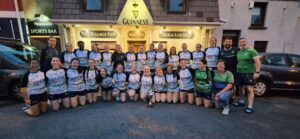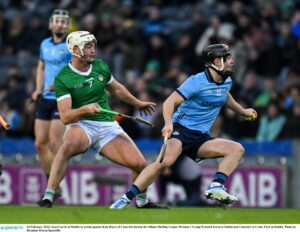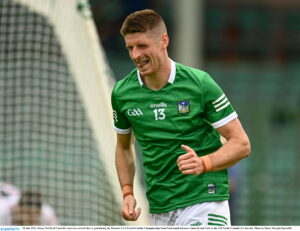GAA
“Do not go gentle into that good night. Rage, rage against the dying of the light”
DYLAN THOMAS
Last week on the banks of the Lee felt like a nadir for this Limerick Football group. A 24-point defeat, the concession of six goals, and a team who looked to be a shadow of what they produced consistently over the last few years. While survival in an ultra-competitive Division 2 was always going to be a tall order, there was an expectation that every ball and inch would be fought for along the way.
The narrow loss to Louth had shown the necessary fight from the players, but the capitulation against Cork had the hallmarks of a team resigned to their fate. They would have been stung with this narrative, and the talk was that there was some soul searching, strong words and a circling of wagons in the week after.
There had to be a reaction against Meath. These lads have shown too much over the years to go gently into that good night. And they did not disappoint in that regard. It was a game Limerick should have won, and yet were lucky not to lose in the end. Those are the fine margins you are dealing with at this level. They will look back with regret on goal chances that were not taken on, allowing two soft goals and a poor third quarter showing after they had returned to the pitch with a four-point lead.
But even after losing their way in that second half, and the concession of what appeared to be a killer second goal, they showed great character in roaring back into the contest and having opportunities to win it. The draw and the point that comes with it, coupled with the results from other games, means that their fate in the division is still in their own hands, something they would have taken heading into the penultimate round of games.
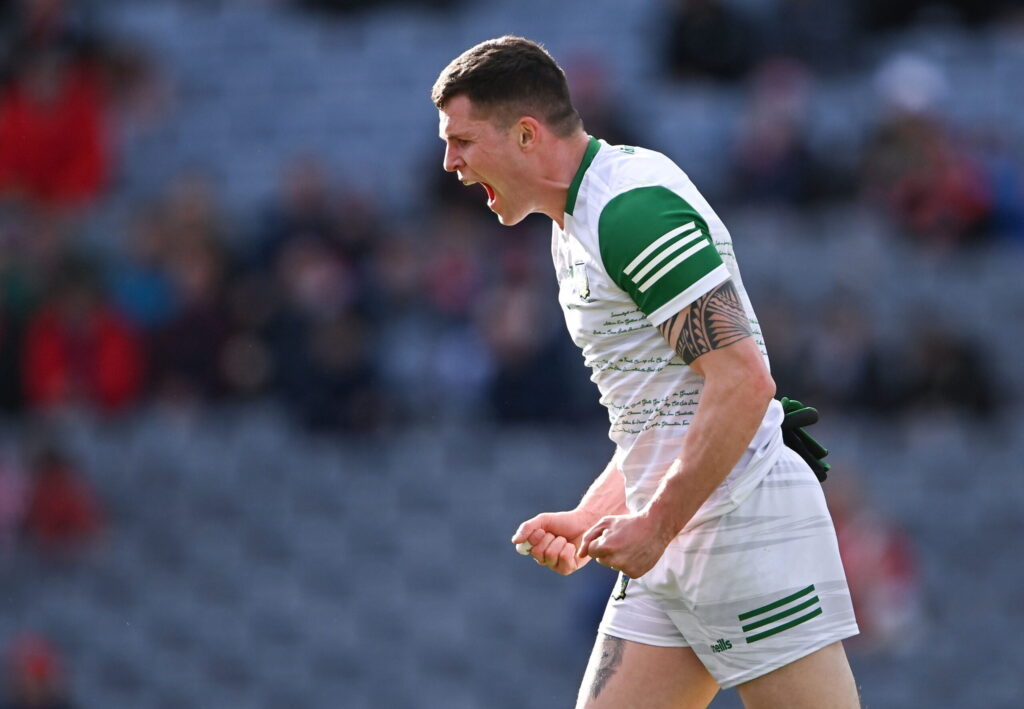
Brian Fanning was immense. Not only did he see off Meath dangerman Shane Walsh, who was called ashore at halftime, he was also the launchpad for so many Limerick attacks. As has been the case for years now. And he was ably assisted by his full back line partner of Sean O’Dea, another who has been an ever present for Limerick since his debut in 2014. Iain Corbett again led from the back and chipped in with his usual score before retiring with injury.
Brian Donovan showed how much he has been a miss for the team with another huge shift of tackling and ball carrying. Cian Sheehan the same. Tony McCarthy was as industrious and honest as ever and James Naughton caused problems throughout, top scoring with 0-6, 0-2 from play. Although lacking height in midfield, Cillian Fahy and Colm McSweeney threw themselves into everything from the throw-in and more than held their own.
Hugh Bourke is still working his way back to match fitness from his shoulder op, but still managed to pull the strings to create scoring opportunities. Donal O’Sullivan made a couple of vital stops and found his men with regularity off the tee throughout. Mike Donovan’s GPS figures would be interesting reading post-game, the corner back often finding himself in attack, while Killian Ryan was a willing worker from back to front. Barry Coleman has shown that he can survive at this high level, always looking comfortable on the ball, while Cathal Downes’ aerial ability coupled with his 0-2 were key. Adrian Enright, Davy Lyons and Paul Maher contributed scores from the bench while Peter Nash and Gordon Brown also played their part in seeing Limerick to a positive result.
The light hasn’t gone out just yet.

My last outing in the green jersey was in 2016. A lifetime ago in Intercounty football terms. During my final few years, I shared the same dressing room with twelve of the players who started against Meath last Sunday. That number rises to fourteen if you include Peter Nash and Adrian Enright, introduced in the second half. And it has been a pleasure to watch their journey in a Limerick jersey from a distance.
The dedication and commitment they have shown to improving themselves and consequently the fortunes of Limerick football has been exceptional. As one person said to me “it’s a good sign in the reduced turnover of players, and having a settled group, but does it point to a problem in terms of player development?”. While it was 2014-2016 when the majority of the players mentioned above first arrived on the scene with the Limerick Senior footballers, it wouldn’t be until circa 2020 that they would really start to see the fruits of their labour.
Since that time that they have operated at a level to allow them to consistently perform and make the most of their potential, a potential that was first seen in the Declan Brouder led Limerick under 21 teams of 2015 and 2016. This current Limerick senior group is backboned by the players from those impressive teams who went blow-for-blow with Cork and Kerry respectively. But even with those raw materials, it took those players the best part of six years to maximise that potential. And that involved many of them being brought into the senior set up immediately and benefitting from the expertise that was present in those set ups.
While those players have eventually benefitted from that pathway, is it a sustainable one for Limerick football? Is it fair to expect players currently coming from under 20 level in Limerick to be in a position to be brought into a senior set up and survive, not to mind thrive, after spending the intervening months and in some cases years away from that high performance environment?
Is the expectation that those players who do make the cut would (because of having so much ground to make up) need to commit another 5-6 years to that world before they would reach a level that allowed them to compete consistently? Again, it is testament to the commitment of the current group – and the managements and coaching staffs that were present – that they have achieved what they have. That point cannot be overstated. And while many of these players are still in their prime, the development of the next wave of players should be a constant priority.
Of the players who featured at the weekend, only Colm McSweeney and Barry Coleman have made the step up from the under 20/21 football since 2018 (Josh Ryan would have been another barring injury). Cathal Downes has made an immediate impact, having played under 20 hurling as recently as 2021. Indeed, the youngest member of the most recent match day panels against Cork and Meath has been Oola’s Chris Thomas, who picked up a Munster U20 hurling medal less than a year ago.
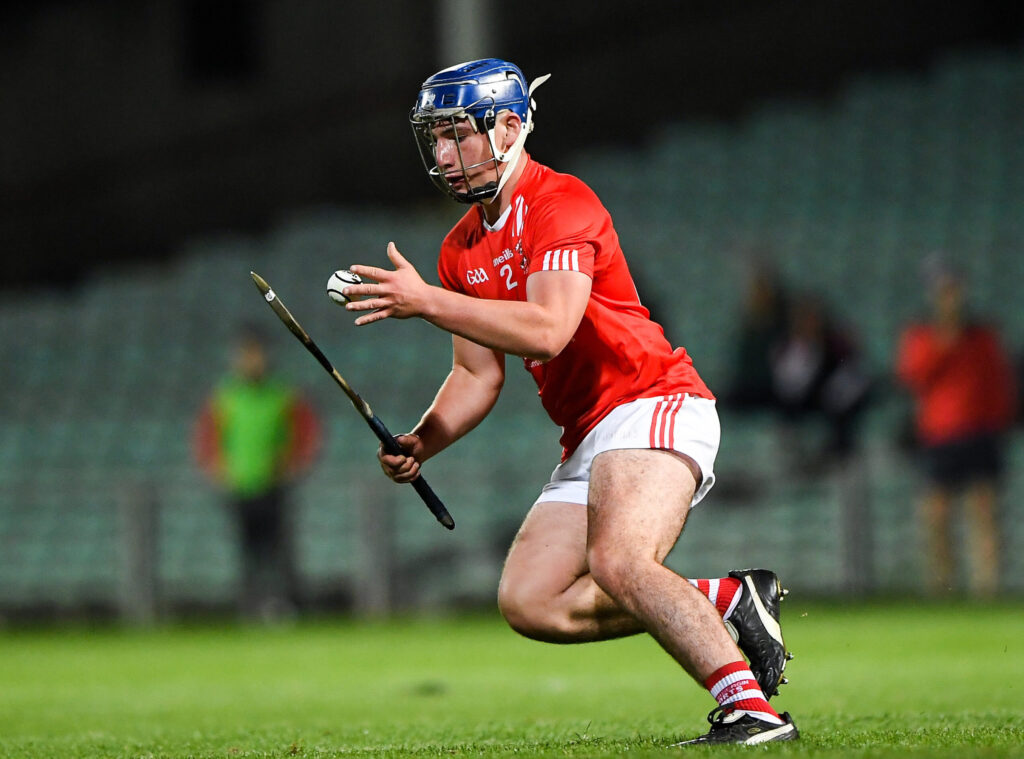
The Limerick Football Academy has been a great addition to the football landscape in Limerick. And has brought structure to the development of young footballers in the county up to the age of 17. But it has never advertised itself as the sole pathway to Senior Intercounty football. That continues to be the missing piece of the puzzle, which needs to be sorted sooner rather than later.
I know plenty good footballers in Limerick who are committed and would do anything to make the Limerick Senior Football panel, which wasn’t always the case. They are diligent with their gym programmes. They are playing high level football with their college. They are pushing standards within their own club. They are doing as much as they possibly can on their own. But there is only so much you can do on your own. They need help to bridge that gap. Regular coaching workshops to help them develop. The club scene doesn’t provide enough, competition as it is. And the gap is getting wider each year. The result is so many players are being lost in that 20-23 age bracket.
Mention of the under 20 Footballers, they qualified for the O’Connor Cup final with a good win over Offaly last weekend. So, there is potential still coming through. It just needs extra support.
Speaking of support, this current senior group, who have given so much of themselves to the progression of Limerick football, have a final home league game against Kildare next on the horizon. With it forming the second part of a double header with the hurlers, you would hope the increased Limerick crowd would help raise the players to another level again.
And maybe they can rage against that dying light for another week at least.


